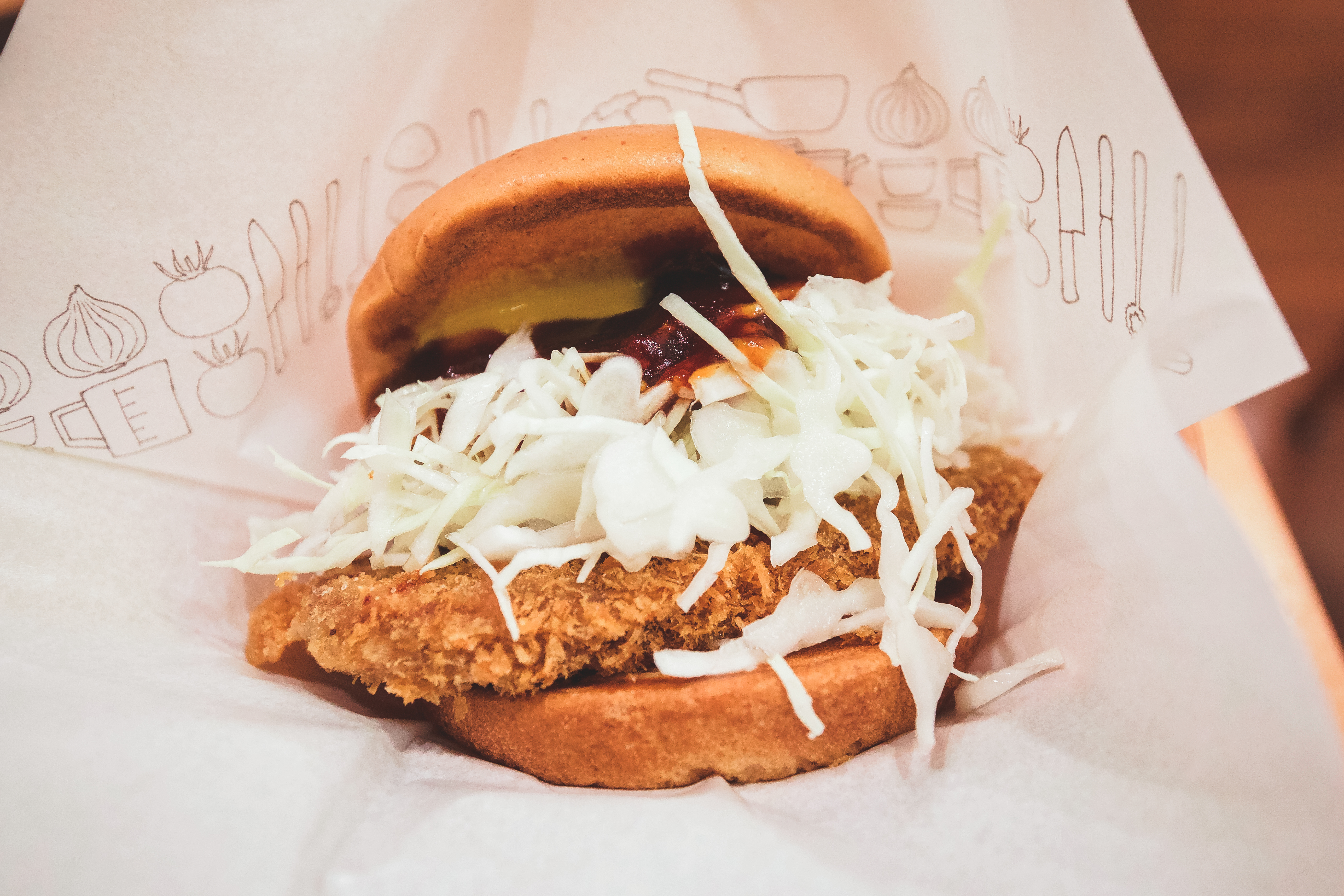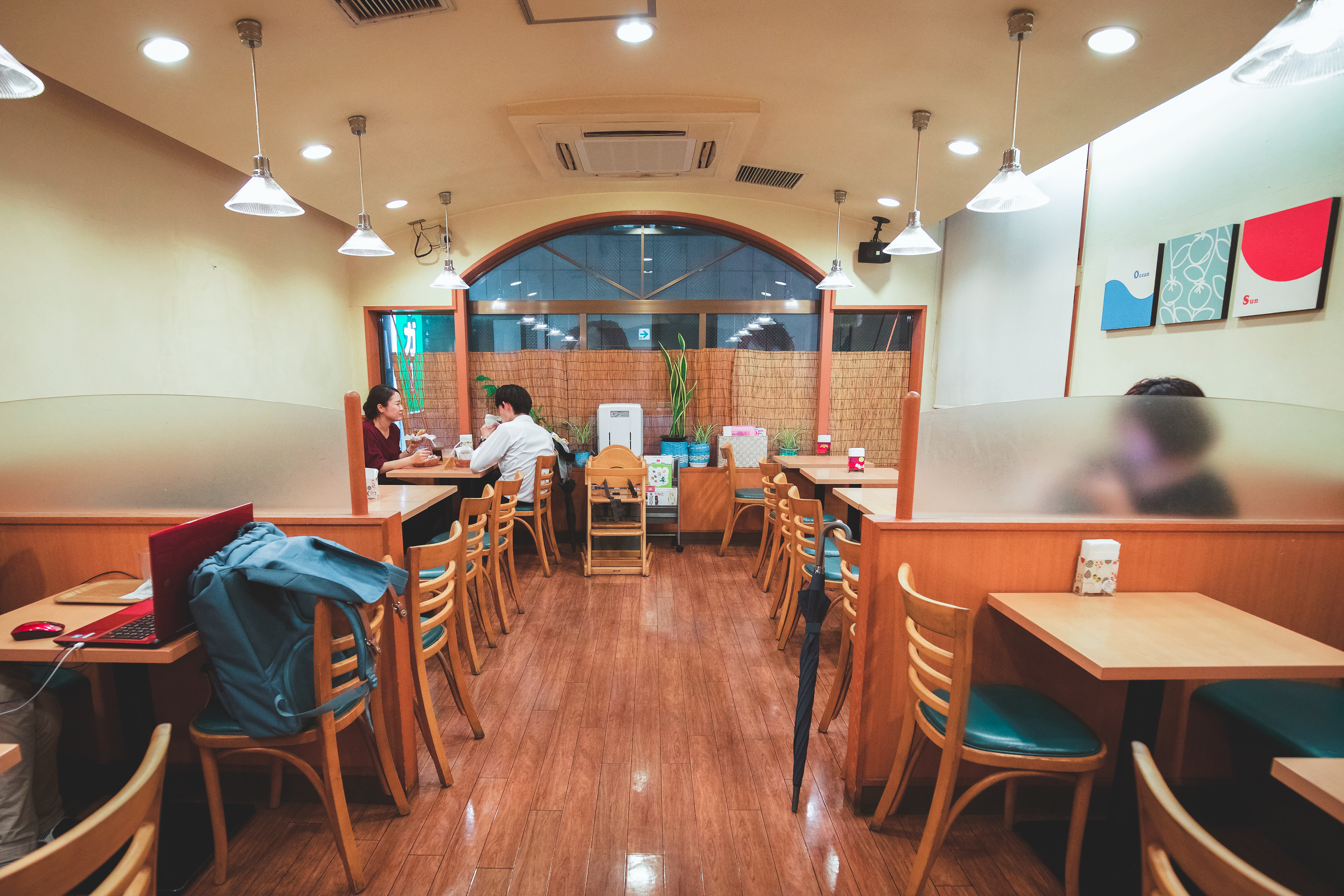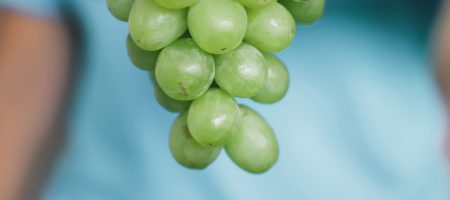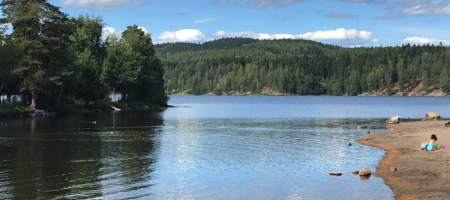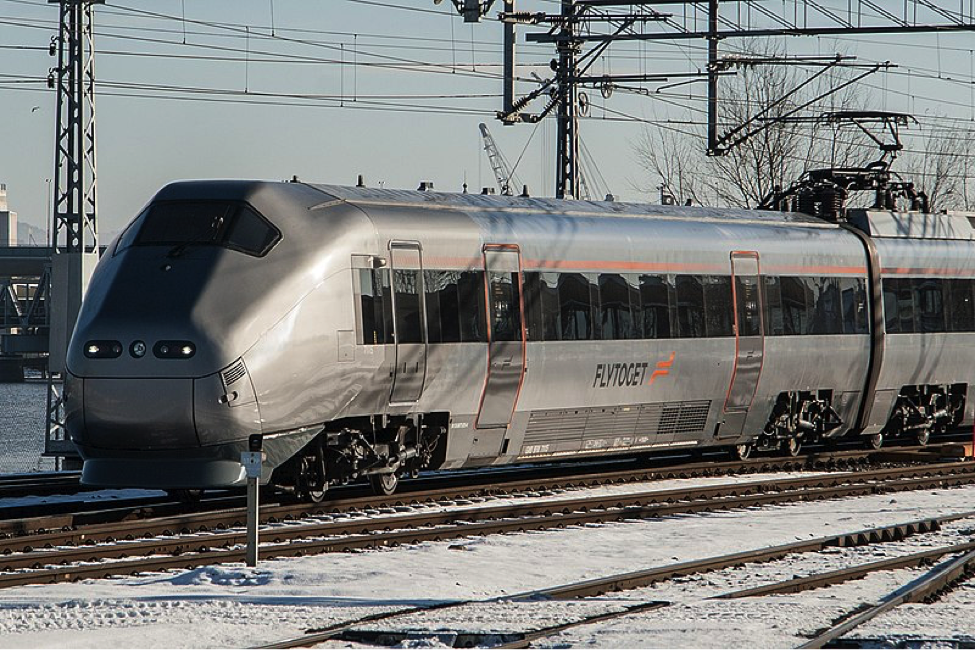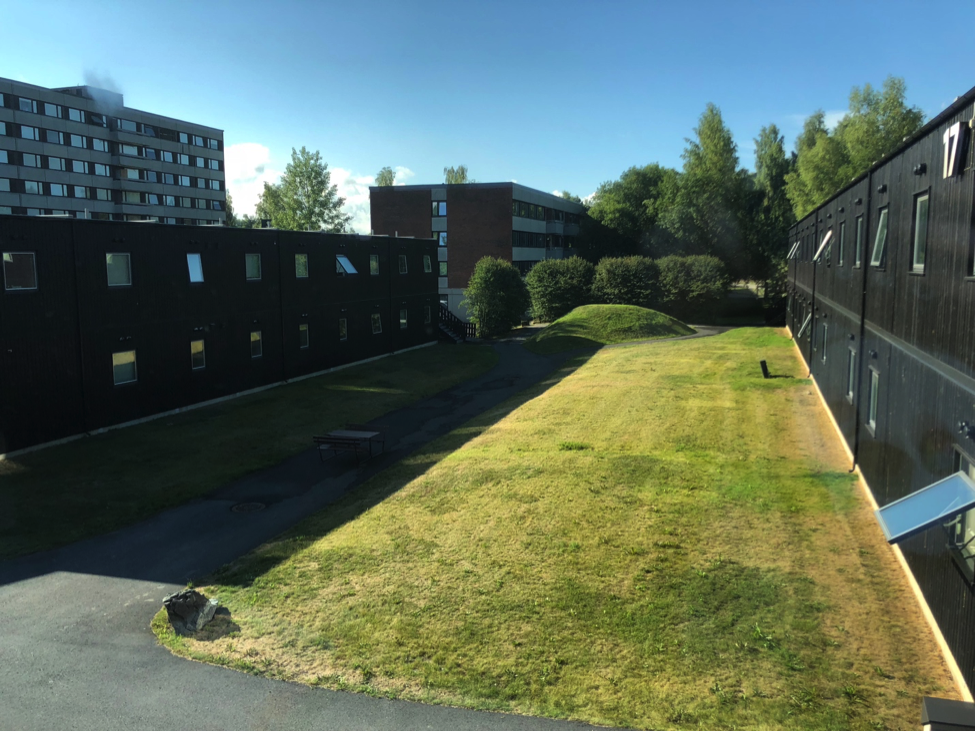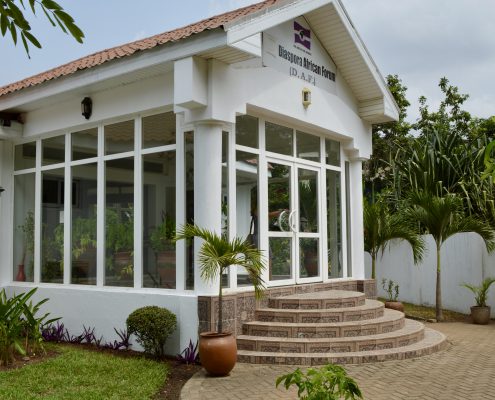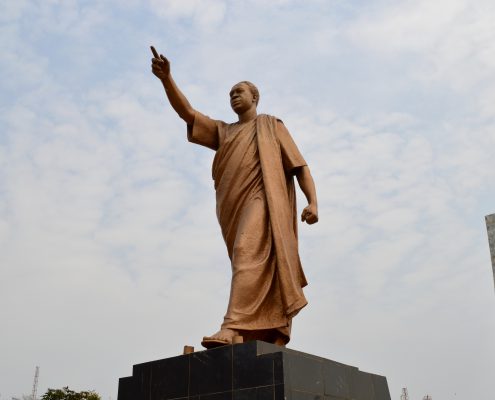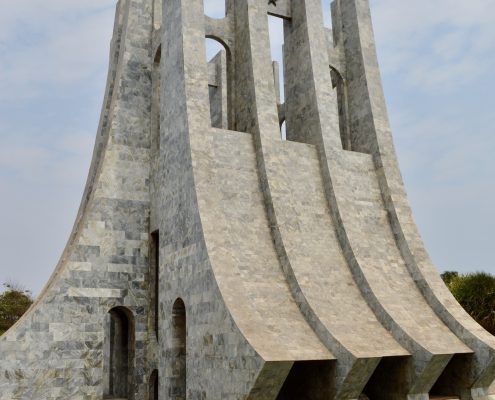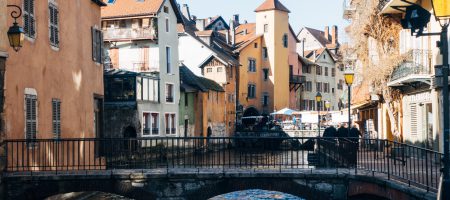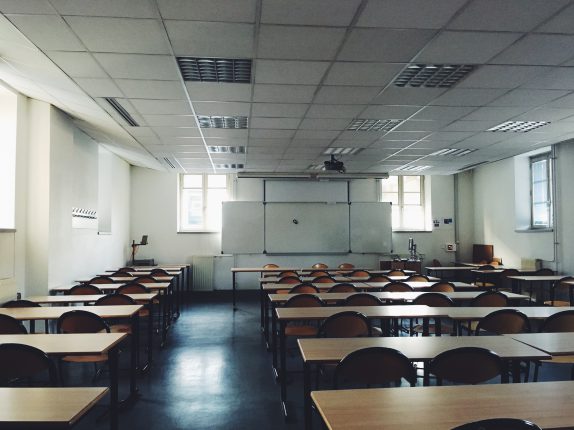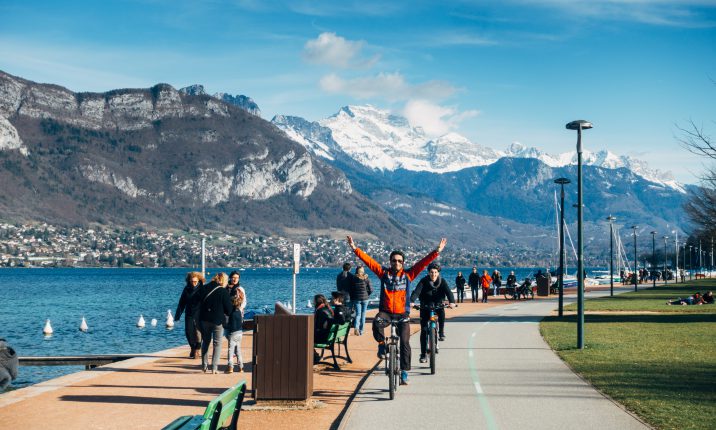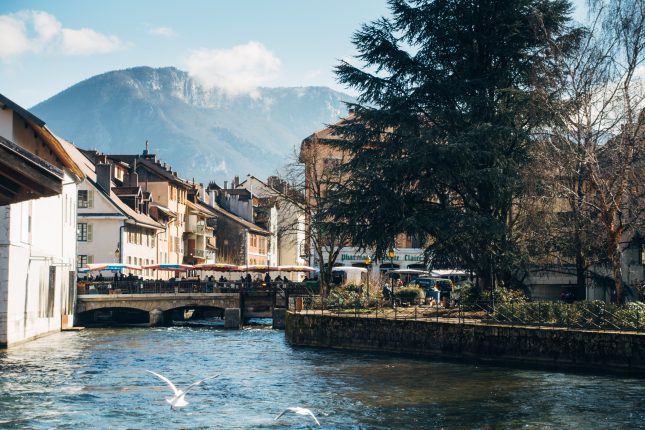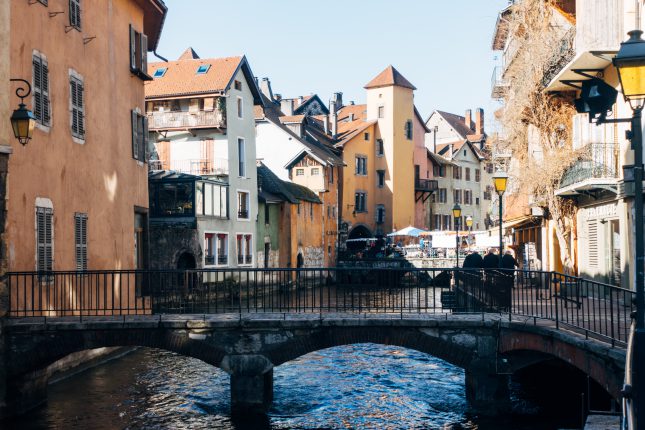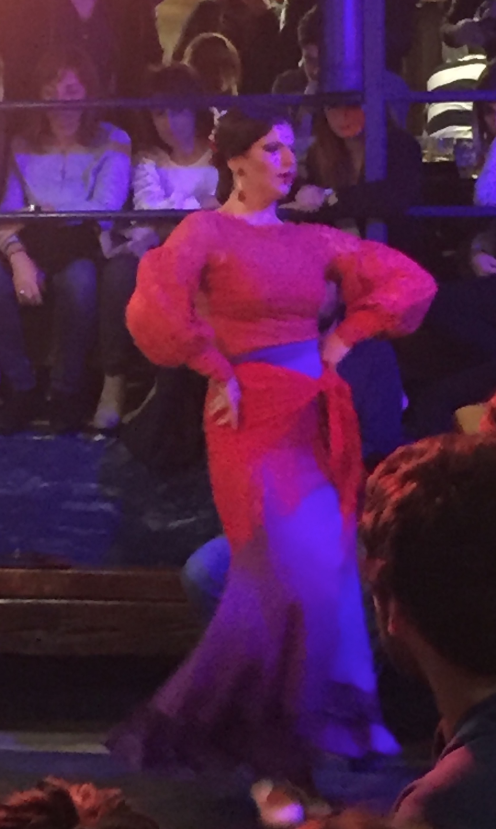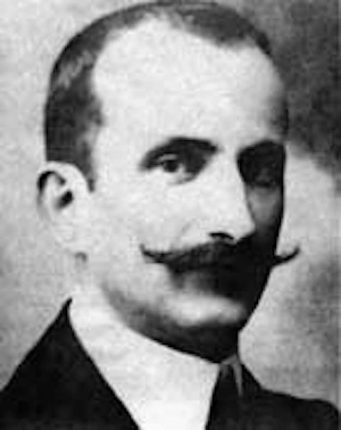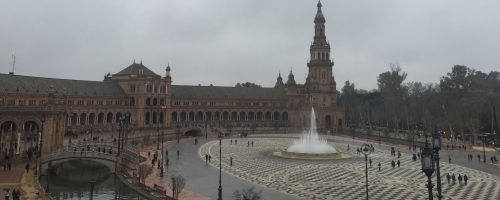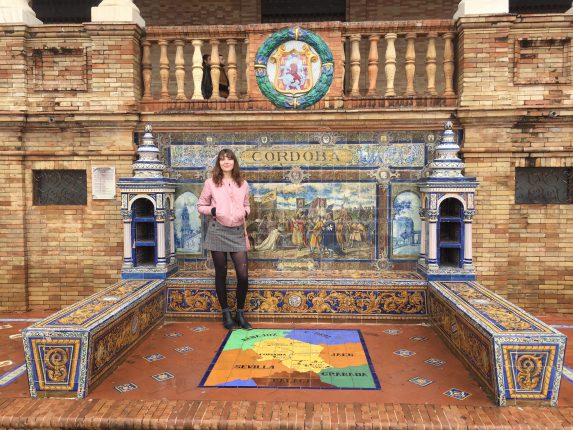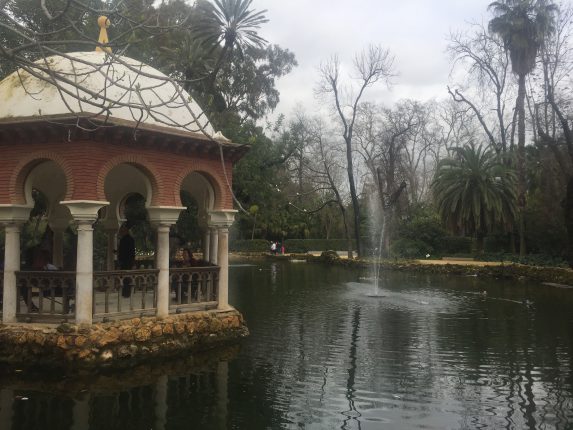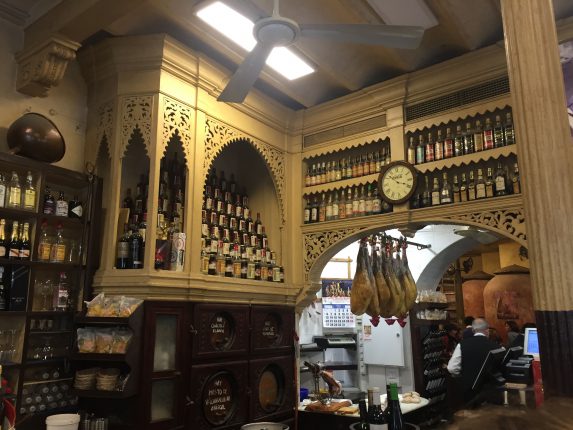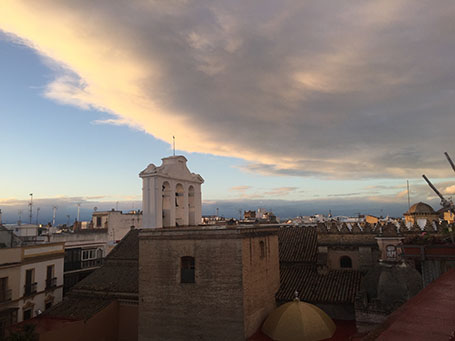Japan | Fruits & Fast-Food
By Deran Chan
I’ve been in Tokyo now for about 2 weeks. I moved into my dorm at International Christian University (ICU), started my classes, and played tennis indoors for the first time. This is my study abroad experience. Once I got to Japan, I needed to stock up on snacks (priorities) so I started at the local markets. If you didn’t already know, fruits and vegetables in Japan are SO EXPENSIVE. This mango peach costs 600 yen at the supermarket (roughly equivalent to $6 in the U.S.) and this is because Japan gets a lot of their fresh produce imported from around the world.
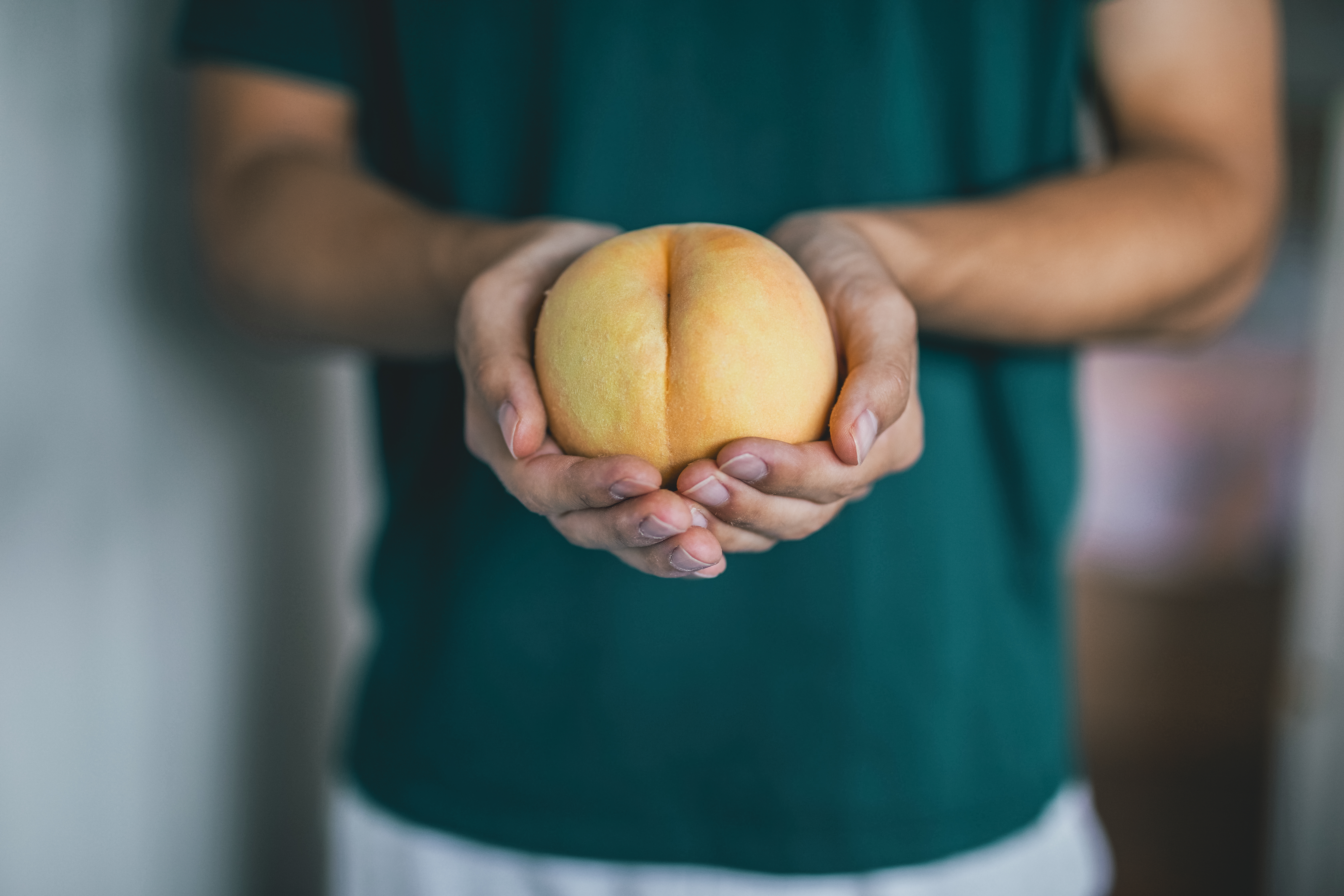
After my Japanese produce haul, I ventured into the world of fast-food. Just a 10 minute bus ride away from campus, Musashi-Sakai Station offers a wide range of restaurants and shops. So where did I go?
McDonald’s. Yep, that’s right. I travelled to the other side of the world to eat the most “American” restaurant known to man. In my defense, the menu is completely different, but more importantly it’s way better. The McNuggets taste like actual chicken and the whole experience feels like anything but fast-food. I also tried their grape float since their ice cream machine was actually working <shocker> and I was pretty satisfied overall.
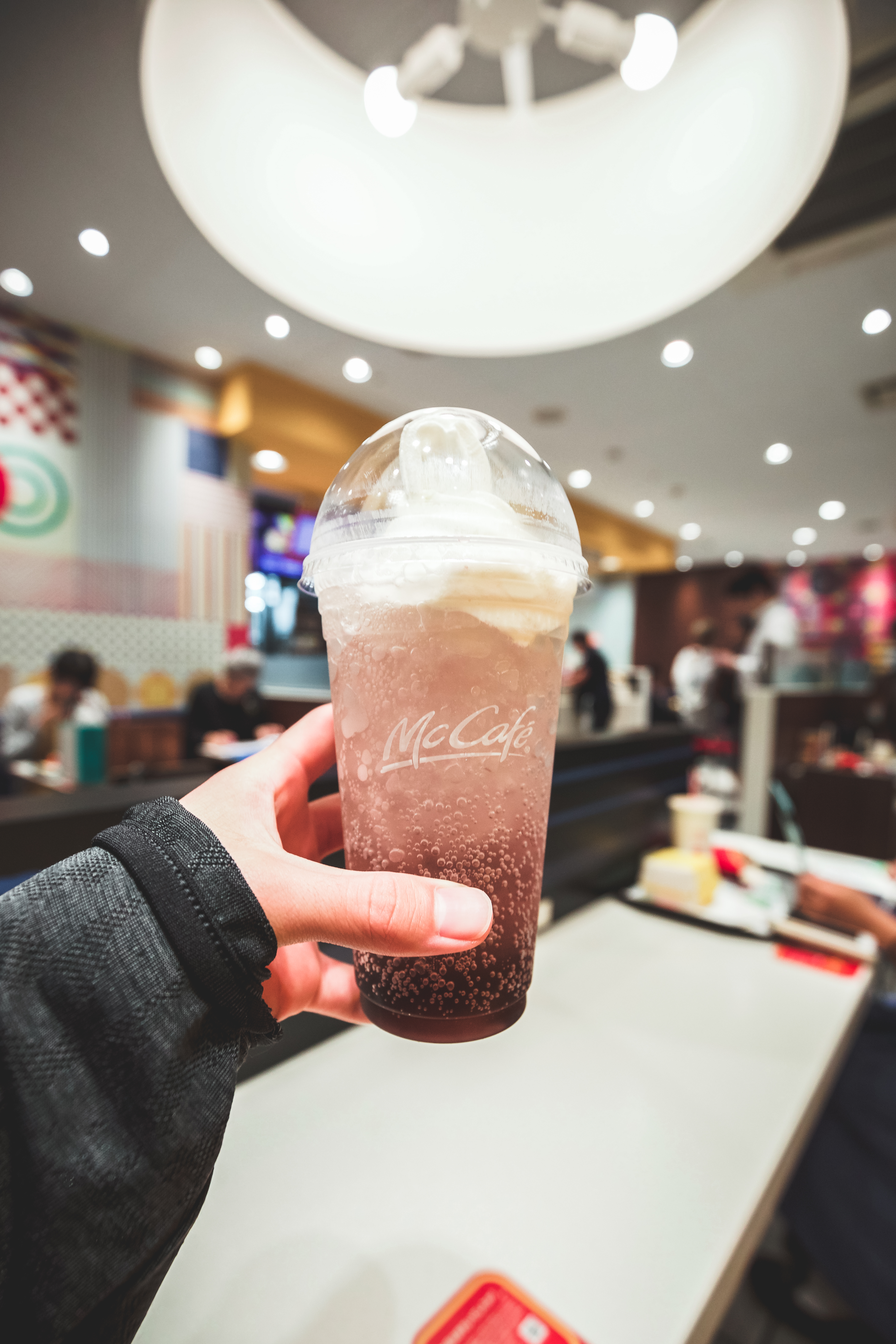
A few days later, I went to a chain called “MOS Burger.” The burger was really flavorful and I could tell that MOS Burger was the In-n-Out of Japan. Unlike the United States, a lot of Japanese restaurants will have a second story for additional seating. When you’re done eating, make sure you put your dishes and trash in the appropriate area. In Japan, you are required to sort your trash into different categories: combustibles, non-combustibles, bottles, plastics, etc.
